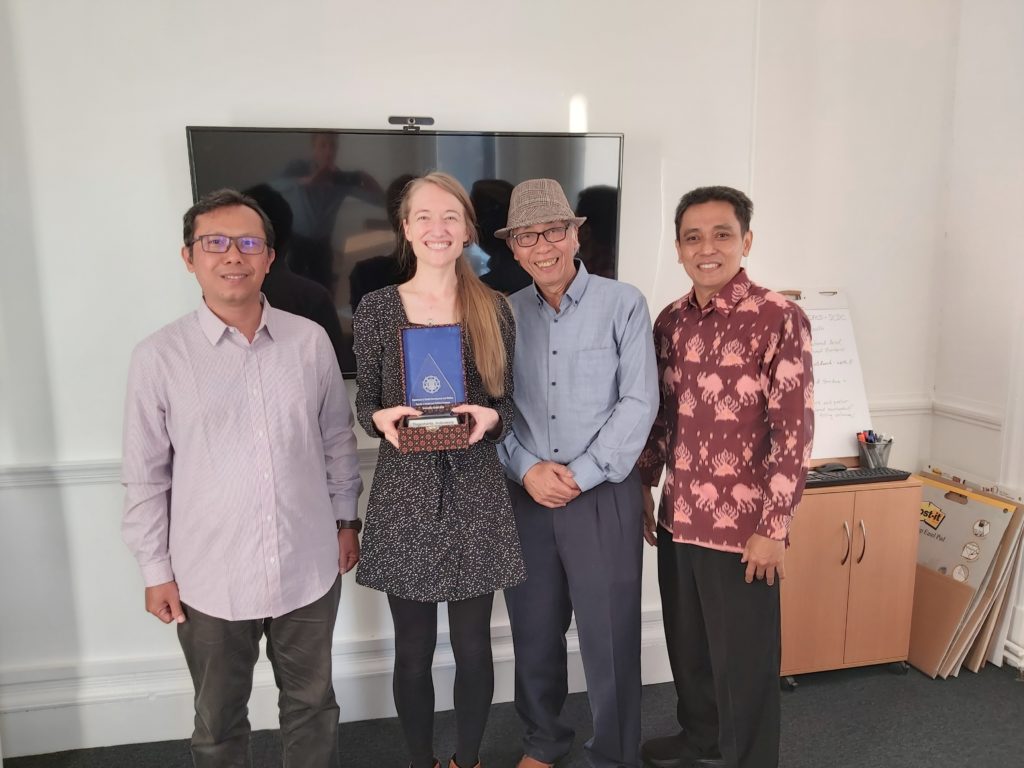The International Standards for Community Development — background and creation
IACD published the International Standards for Community Development in June 2018 at the World Community Development Conference in Ireland. The Standards have been adopted internationally and by several national professional CD associations. Their subsequent translation into nearly a dozen languages, with more currently being translated, is evidence that this work has resonated strongly with practitioners, employers and CD educators across the world and are already being used to inform course design.
The Standards came into existence through an ongoing drafting process. In October 2016, IACD wrote to all members of the association to inform them that following the adoption of IACD’s new definition of community development at the 2016 Annual General Meeting, the IACD Training and Professional Development Committee was initiating work to produce guidance for members around community development practice. The IACD Board agreed to work with the Community Learning and Development Standards Council Scotland (CLDSC) to take this project forward. The CLDSC was IACD’s partner in organising our 2014 international community development conference in Glasgow and is the specialist agency in Scotland working in this area, with a track record in the production of community development standards going back three decades. A joint task group was set up to produce a draft guidance paper and in November 2016, we circulated to members an initial discussion paper highlighting examples of existing work that was already going on in some countries to produce national community development standards.
The task group met on several occasions to then prepare a member consultation paper called Draft Guidance Towards Common International Standards for Community Development, which was sent to all IACD members for a four-month consultation which ended on 31st March 2018. This explained the background to this project and why IACD felt it would be helpful to the various stakeholders involved in community development – communities, practitioners, trainers, employers, funders, policy advisers and others – to be able to present a shared international understanding as to what was meant by community development practice. In other words, what it is all about. We saw these International Standards as a starting point for members and others working in different countries to apply and adapt to their different working contexts.
We received responses to the Draft Guidance consultation from members around the world, from China and South Africa, to Canada, Australia and Portugal, from the USA and New Zealand, to the UK, Kenya and beyond. This was a truly global effort and we express enormous thanks to members for both their supportive responses and their critique. A few of the submissions were from individuals, but the majority came in from national/regional networks and clearly reflected much time in their preparation. Most of the feedback related to the specific wording of particular sentences and paragraphs in the Draft Guidance and proposals that we amend, delete or add to these, but generally there was strong support for what was being proposed.
Next Steps — Using the Standards
As part of our consultation process on the draft Standards, we asked for specific ideas on how the Standards might be used. We have included these ideas below:
- To generate discussion on the purpose, values and key areas of community development in global and local contexts, within and between communities and between different agencies and organisations
- To develop resources that help to demonstrate how different contexts impact on shared areas of practice within different countries/communities
- To support international networking and sharing of practice examples and experiences
- To build shared understanding within communities and within organisations about the key purpose and values of community development
- To support discussions around participatory planning and community ownership that build collective action and empowerment
- To inform the design of pre and in-service education and training of community development practitioners
- To develop reflective practice self-assessment learning tools
- To support the development of stories from the ‘field’ sharing examples of how the Standards are being used to support practice development – perhaps around each of the Key Areas – international examples around common/ shared themes
- To develop international resources for inclusion in programmes of education and training – drawing out the contestations and sensitivities associated with practice
- To inform the IACD Global Community Development Exchange (GCDEX) repository of teaching and learning resources
- To provide a ‘common base’ upon which to develop international research and scholarship exploring aspects of community development practice
Conversations about the Standards
IACD, CLDSC, and the Scottish Community Development Centre had the opportunity this week to meet with longtime member of IACD, Dr Nurhadi, and two of his colleagues from Universititas Gadjah Mada, Dr Susetiawan and Dr Krisdyatmiko. Over two days, members of the three organizations and Nurhadi’s team discussed the creation of the international standards, the CLD Competent Practitioner Framework, and how CD works and is classified in Indonesia and Scotland.
In our conversations, we touched on nearly every point of the above examples on how the Standards can be used. A report will be made available soon that summarizes the topics discussed and outcomes of these meetings.

Krisdyatmiko (right) presented IACD with a commemorative plaque 
Nurhadi, Andrew (SCDC), Susetiawan, and Krisdyatmiko after the meeting on 2nd October 
The team from UGM with CDLSC’s Marion and Kirsty

